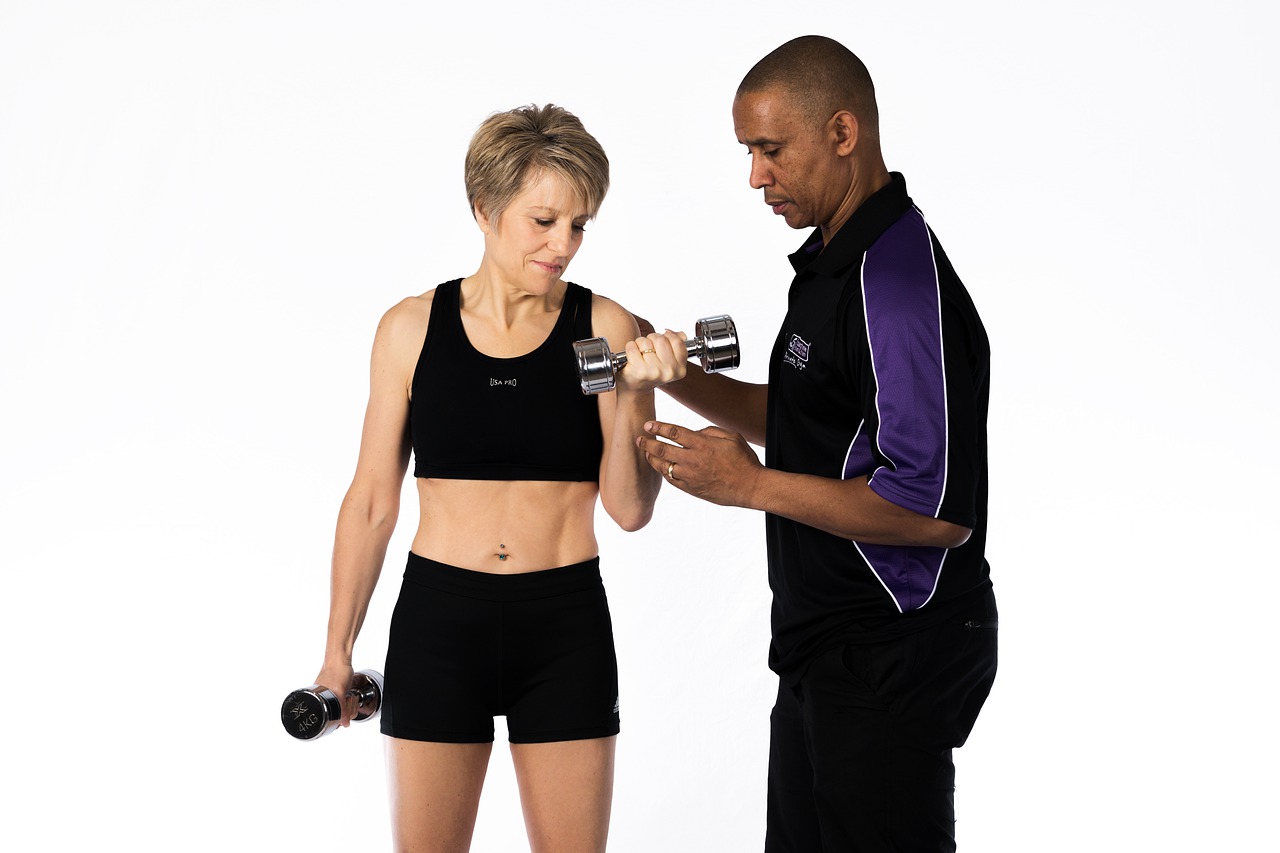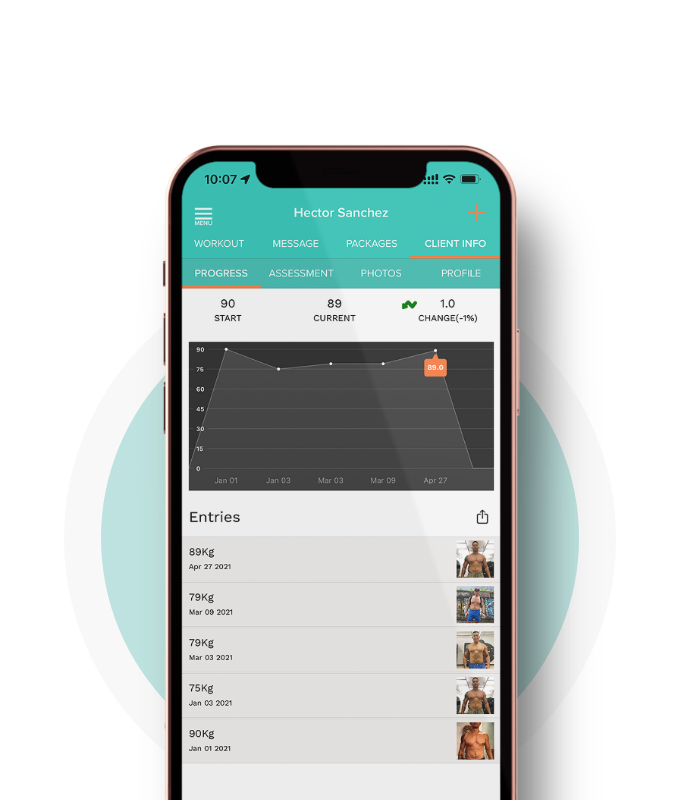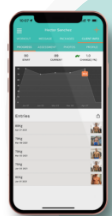5 Things To Consider When Training Older Clients
Training a senior (65+) client can be an extremely rewarding challenge,
and a great type of clientele to add to your client base. The senior
population could really use your help, they need to build up their
strength, endurance and stability for their everyday lives.
If
and when you do decide you’d like to expand your repertoire and bring a
senior client under your wing, here are a few things to keep in mind.
1. Look to Living Facilities for Clients
One thing you'll quickly notice if you decide to expand to senior
training is that clients aren't always as visible. You can certainly find
them (particularly given that many would argue 70 is the new 50!), but if
you need a boost to get started, you can explore the idea of training at a
senior living facility. According to the CDC , seniors ought to be
getting at least 150 minutes of "moderate-intensity aerobic activity" a
week, provided they're able. Needless to say many living in care facilities
fall well short of this. This presents a problem that as a trainer you can
naturally offer solutions to –– either by taking on individual clients
or possibly by working out a situation with the facility whereby you can
conduct a few training sessions each week.
2. Consider
Training Through Medicare as Well
Another way to seek
out clients in this demographic is to explore training programs associated
with Medicare (which accounts for tens of millions of seniors' health
insurance today. While Medicare primarily concerns things like access to
doctor visits and medications, plan overviews on
Kelsey Care Advantage make clear that some versions of
the coverage also involve something called SilverSneakers –– a program
that provides access to fitness instructors. Provided you're a qualified
trainer, you can apply to be involved in this program through a simple
process online, ultimately giving you another simple way to expand your
customer base to include seniors.
3. Begin with an
Assessment
Once you have a senior client (or
several), you'll need to begin with a full assessment. While this is true
to some extent for any new client, it’s extremely important to have a
30-minute to 1-hour evaluation with older clients. This is the point where
you take notes about their medical history such as past surgeries,
injuries, and current health issues that will impact their workout plan.
It’s also a great time for you and the client to get to know each other
and build trust. Ask the client about their health goals and their
expectations from the program.
4. Tailor Exercises to
the Clients’ Needs
Here is where you’re going to
use the information collected during the assessment. Everyone is different,
and older clients are especially so; they have 65-plus years' worth of
molding their minds and bodies into what they are today! For this reason
it's important to consider both physical limitations and mental
expectations to craft exercise plans that will be effective.
Generally speaking, common limitations of elderly clients include:
limited range of motion, joint pain (either constant or only when
performing a certain movement), muscle atrophy, bone density loss, and
urinary incontinence. Any of these can come into play in an exercise
routine, so again, it's important to tailor exercises and plans (as well as
your own understanding) accordingly.
5. Monitor;
Don’t Babysit
If a senior client decides to start a
workout regimen, chances are they’re not as frail as some might assume.
They don’t need to be followed around and watched like a hawk during
their training. Plus, according to The Washington Post , some
82% of people even over the age of 50 complain of ageism –– meaning
your senior clients are likely sensitive to being treated too differently.
Show them how to do a certain exercise, watch as they do the
first few reps, correct their form or posture if necessary, and then let
them be until the end of their set. It’s always a good idea to keep an
eye on your clients (regardless of age), but avoid being a helicopter .
Conclusion
In addition to taking all
of the above into account when it comes to obtaining and handling senior
clients, you will also of course want to stay organized. Ultimately, every
client is different. People may have specialized workout regimens due to
past injuries or health problems; diets, preferred classes, and workout
times vary wildly from person to person.
Senior clients, in
particular, tend to have a lot of information that a personal trainer needs
to keep up with: schedules, physical limitations, medications, and other
details that need to be kept in mind. All of this organization is where our
services at
The Training Notebook come in handy. It will
help you to keep detailed notes on all of your clients' needs, and help you
to deliver the best possible results to those new seniors in
particular.
By Paulette Adkins




